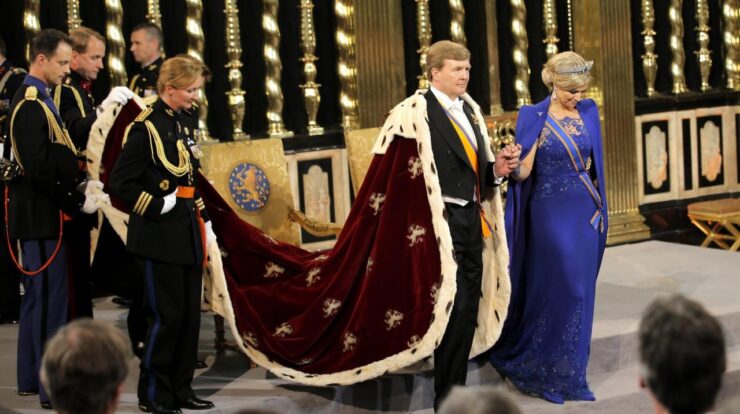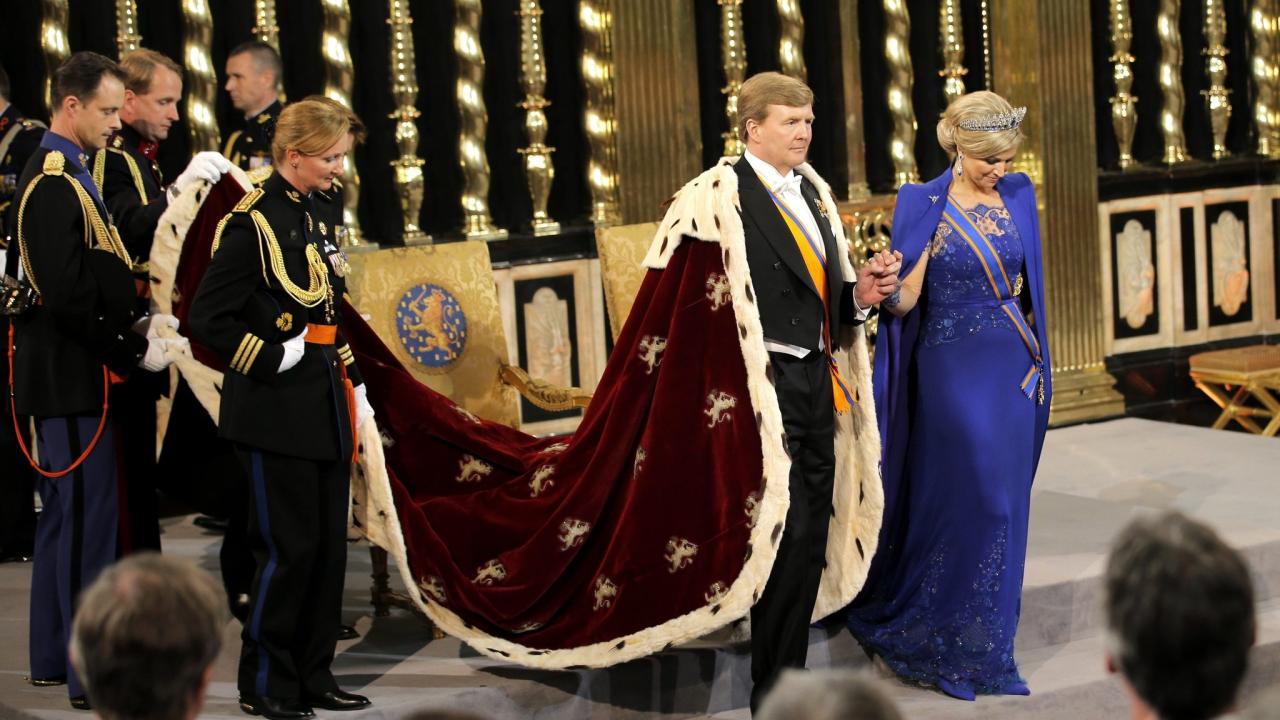
King of netherlands – King of the Netherlands, a title steeped in history and tradition, embodies the legacy and evolution of the Dutch monarchy. From its ancient roots to the present reign of King Willem-Alexander, the Dutch monarchy has played a pivotal role in shaping the nation’s identity and destiny.
Throughout the centuries, the Kings of the Netherlands have witnessed and influenced significant events in Dutch history. Their reigns have been marked by both triumph and adversity, shaping the country’s political, social, and cultural landscape.
Historical Reign
The Dutch monarchy holds a significant place in the history and culture of the Netherlands. The House of Orange-Nassau has ruled the country since the 16th century, with the first King of the Netherlands being William I in 1815. Throughout its history, the monarchy has played a pivotal role in shaping Dutch society and its political landscape.
- 1579: Act of Abjuration:The Dutch provinces renounced their allegiance to the Spanish king, Philip II, marking the beginning of the Dutch Republic.
- 1815: Congress of Vienna:The Netherlands became a kingdom under William I of Orange-Nassau.
- 1848: Revision of the Constitution:The monarchy’s power was reduced, and the Netherlands became a constitutional monarchy.
- 1948: Queen Juliana ascended to the throne:The first female monarch in the Netherlands.
- 1980: Queen Beatrix ascended to the throne:The longest-reigning monarch in Dutch history.
Current Reign of King Willem-Alexander

King Willem-Alexander became the King of the Netherlands in 2013 after the abdication of his mother, Queen Beatrix. As the current monarch, he is the head of state and the symbol of Dutch unity. His responsibilities include:
- Representing the Netherlands:King Willem-Alexander represents the Netherlands at official events both domestically and internationally.
- Opening Parliament:He opens the annual session of the Dutch Parliament.
- Appointing Ministers:He appoints the Prime Minister and other government ministers.
- Granting Pardons:He has the power to grant pardons to individuals convicted of crimes.
Public perception of the monarchy under King Willem-Alexander’s leadership has generally been positive. He is seen as a modern and approachable monarch who has successfully connected with the Dutch people.
Royal Family and Succession
The Dutch royal family consists of King Willem-Alexander, Queen Máxima, and their three daughters: Princess Catharina-Amalia, Princess Alexia, and Princess Ariane. The line of succession to the Dutch throne is determined by absolute primogeniture, meaning that the eldest child, regardless of gender, succeeds to the throne.The
Queen Consort, Queen Máxima, is an Argentine-born former investment banker. She is actively involved in various charitable organizations and is known for her work in promoting financial inclusion and women’s rights.Other members of the royal family include:
- Princess Beatrix:The former Queen of the Netherlands and mother of King Willem-Alexander.
- Prince Constantijn:The younger brother of King Willem-Alexander.
- Princess Laurentien:The wife of Prince Constantijn.
Palaces and Royal Residences
The Dutch royal family has several official palaces and residences throughout the Netherlands. These include:
| Palace | Location | History | Current Use | Image |
|---|---|---|---|---|
| Noordeinde Palace | The Hague | Built in the 17th century | King Willem-Alexander’s working palace | [Image of Noordeinde Palace] |
| Huis ten Bosch Palace | The Hague | Built in the 17th century | Queen Beatrix’s residence | [Image of Huis ten Bosch Palace] |
| Soestdijk Palace | Baarn | Built in the 17th century | Used for state receptions and official events | [Image of Soestdijk Palace] |
| Royal Palace of Amsterdam | Amsterdam | Built in the 17th century | Used for state receptions and official events | [Image of Royal Palace of Amsterdam] |
Symbols of the Monarchy: King Of Netherlands
The official symbols of the Dutch monarchy include:
- Royal Coat of Arms:A blue shield with a golden lion rampant, holding a sword and a bundle of arrows.
- Royal Flag:A tricolor flag with horizontal stripes of red, white, and blue.
- Royal Anthem:“Het Wilhelmus,” which is one of the oldest national anthems in the world.
These symbols are used in official ceremonies and events to represent the monarchy and the Dutch state.
Summary

Today, under the leadership of King Willem-Alexander, the Dutch monarchy continues to serve as a symbol of unity and stability. The royal family’s dedication to public service and their commitment to preserving Dutch heritage ensure the monarchy’s enduring relevance in modern society.
Quick FAQs
Who is the current King of the Netherlands?
King Willem-Alexander
What is the line of succession to the Dutch throne?
The eldest child of the reigning monarch, regardless of gender
What are the official symbols of the Dutch monarchy?
The royal coat of arms, flag, and anthem





